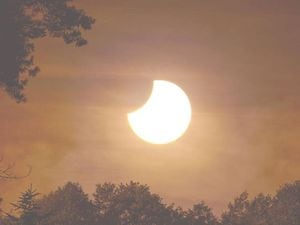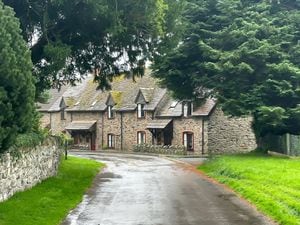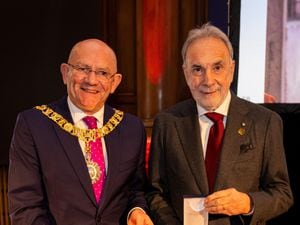Bumblebees are able to solve a classic maths problem when they feed, study finds
The findings could assist the development of AI and help reduce threats posed to bees by habitat loss.
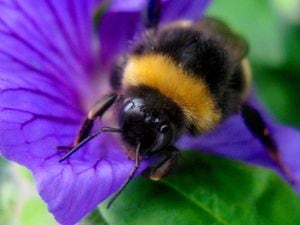
Bumblebees have a grasp of maths that enables them to crack the classic “travelling salesman problem” as they forage for pollen and nectar, research shows.
The problem, a benchmark of computer science, poses the question, “Given a list of cities and the distances between each pair of cities, what is the shortest possible route that visits each city and returns to the origin city?”
This was the conundrum facing bumblebees let loose on an array of artificial flower feeding stations at the Rothamsted Research institute in Harpenden, Hertfordshire.
Scientists tried to trick the bees by offering shortcuts between individual flowers that increased the total distance they travelled.
Initially, the bees fell into the trap, opting for short-term gain but ending up with a longer, more exhausting journey as they visited every flower in turn.
But gradually the insects refined their flight paths and found the most effective “travelling salesman” solution. Instead of taking the obvious shortcuts, they altered the order of their flower visits to reduce the overall travel distance.
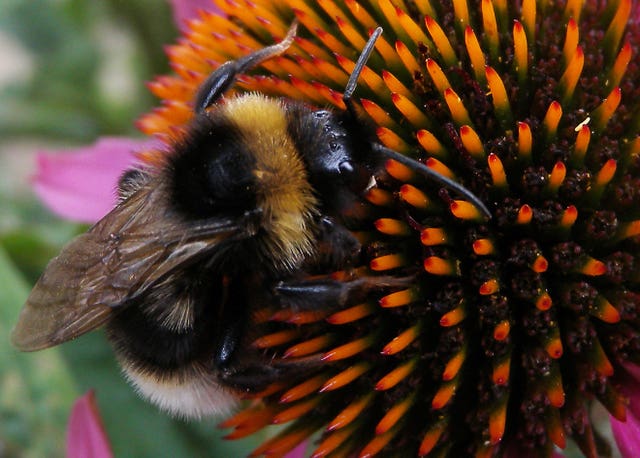
“We then watched as they explored different flight paths around the feeders and developed habitual routes.”
The team studied six bumblebees making 201 flights using a special type of radar capable of identifying signature reflections from tiny transponders attached to the insects.
Woodgate said: “We tracked every single foraging flight that the bees undertook as they learned about the feeder array, with the radar telling us the position of the bee every three seconds, to an accuracy of two metres.
“Animals cannot inspect a map to find out where the best food sources are or plan how to get to them; instead, they must explore the landscape, discovering locations one by one, and then they face the challenge of integrating their spatial memories into an efficient route.
“Only by following the flight paths of bees as they explore and try to generate better routes can we start to truly understand how animals solve route optimisation problems.”
Animated “heat maps” based on the radar tracks show how the bees adopted new flight paths and forgot others as their navigation improved.
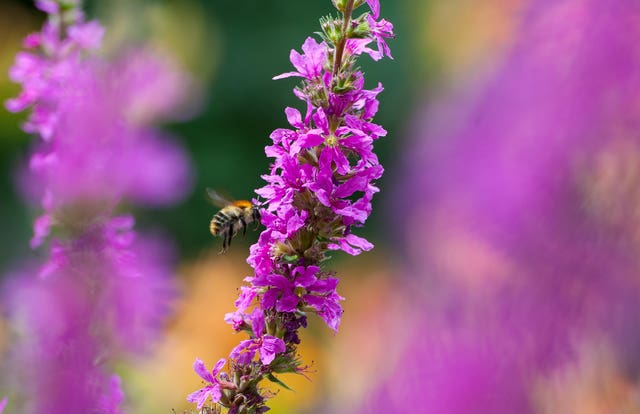
Understanding how pollinating insects search for food could also help reduce the threats posed by habitat loss and intensive farming.
Pollination and other ecosystem services are estimated to be worth around 10% of the value of global food production, or more than $200 billion (£150 billion).
Co-author Dr Jason Lim, an electronics and radar engineer at Rothamsted Research, said: “The need to understand the movement of both migratory insect pests and pollinators is more important than ever if the current agricultural food production is going to feed a human population of 10 billion by 2050.”



